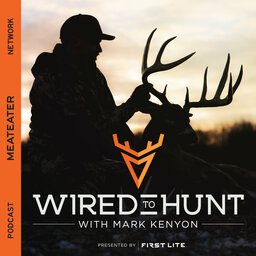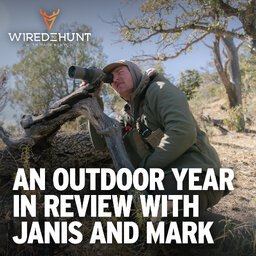Ep. 902: Foundations - How Understanding Human Behavior Can Help You Kill More Bucks
This week, Tony breaks down the ways in which general human behavior hinders hunting efforts, and how as individuals we can break the mold to kill more bucks.
Connect with Tony Peterson and MeatEater
Tony Peterson on Instagram and Facebook
MeatEater on Instagram, Facebook, Twitter, Youtube, and Youtube Clips
MeatEater Podcast Network on YouTube
Shop MeatEater Merch
 Wired To Hunt Podcast
Wired To Hunt Podcast


